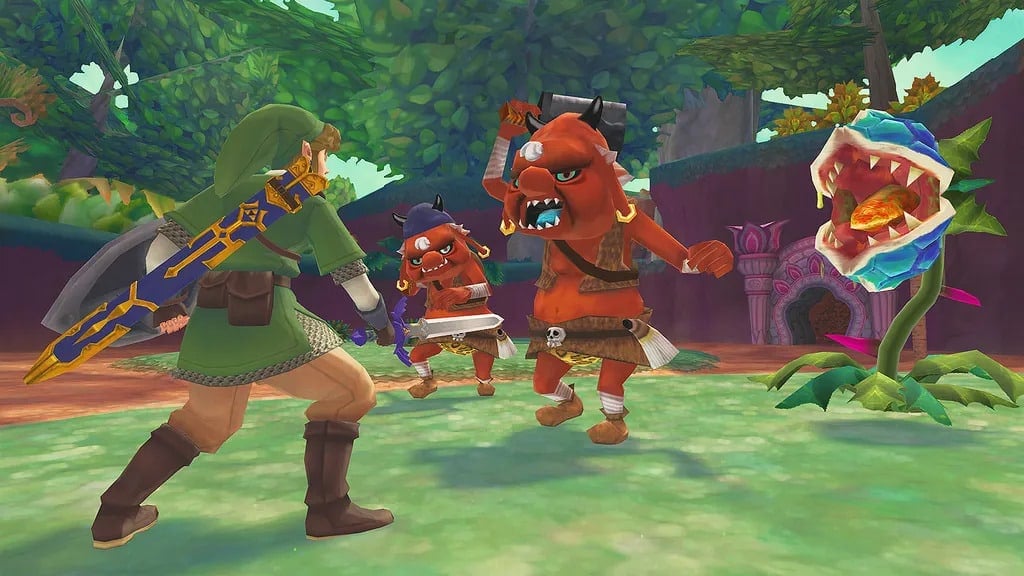Releasing during the 25th anniversary of the franchise, The Legend of Zelda: Skyward Sword is one of the most significant games in the series. Not only does it firmly establish the connecting elements between each Zelda game, it’s also the last of the “classic” 3D Zelda titles. The franchise received a major shake-up in its next mainline entry with Breath of the Wild, making Skyward Sword feel like both the beginning and the end of an era. And in terms of The Legend of Zelda: Skyward Sword timeline, there’s so much to unpack that has lasting consequences on every other game in the series.
Concurrent with the release of Skyward Sword was the publication of the Hyrule Historia compendium, which provides some critical information regarding the game’s significance. Not only is Skyward Sword the earliest game in the Zelda timeline, it has ramifications that persist up until the most recent entries in the franchise. After being a closely guarded secret of Nintendo’s for more than two decades, both Skyward Sword and the Hyrule Historia compendium reveal the official Zelda timeline in all its intricacy. One critical thing that the official timeline establishes is that, as Hyrule changes and evolves, so too do the versions of its Hero, Princess, and Villain.
The Three Goddesses and the Land that Would Become Hyrule
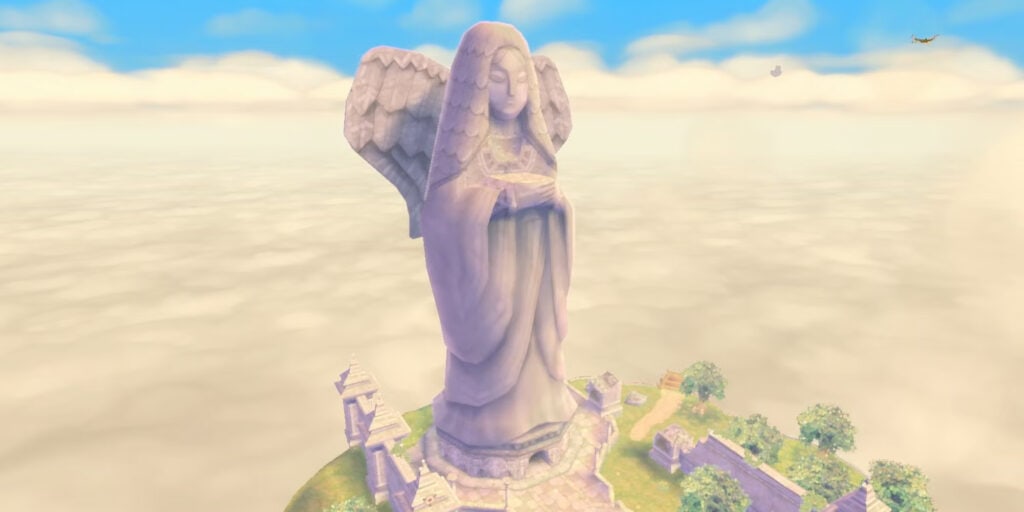
Although the creation myth at the center of Hyrule’s genesis makes its first appearance in earlier games (most notably, Ocarina of Time), Skyward Sword goes to great lengths to provide context and depth to the origins of the land that would become Hyrule. At the beginning of time, there was only chaos and a formless void. From outside this void, three Goddesses would arrive. The three deities — Din, Farore, and Nayru — breathed life into the land, shaping it into Hyrule from the nothingness. With their work complete, the Goddesses chose to ascend back into the heavens, leaving behind a portion of their power in the form of the Triforce.
Thousands of years later, a new Goddess going by the name of Hylia arrives as the sworn protector of the Triforce and patron of the residents of Hyrule. However, the need for a protector of the Triforce indicates that there are malignant forces hungry for its power. The Demon King, Demise, amasses an army of fiends to steal the Triforce and control Hyrule as his own. Hylia is successful in preventing the power of the Goddesses from falling into the hands of evil, but the promise of future conflict over the Triforce creates a conundrum.
Fearing for the safety of the Hylians (Hyrule’s version of humans), Hylia raises a continent into the sky for them to live on, forever separating them from the dangers of the surface. This continent is the main setting of Skyward Sword, the realm known as Skyloft, and here the Hylians enjoy a peaceful existence for centuries. Thousands of years later though, the Goddess Hylia is reborn, prompting a new conflict altogether. This is technically the beginning of The Legend of Zelda: Skyward Sword timeline.
The Sky Era and Skyward Sword’s Events
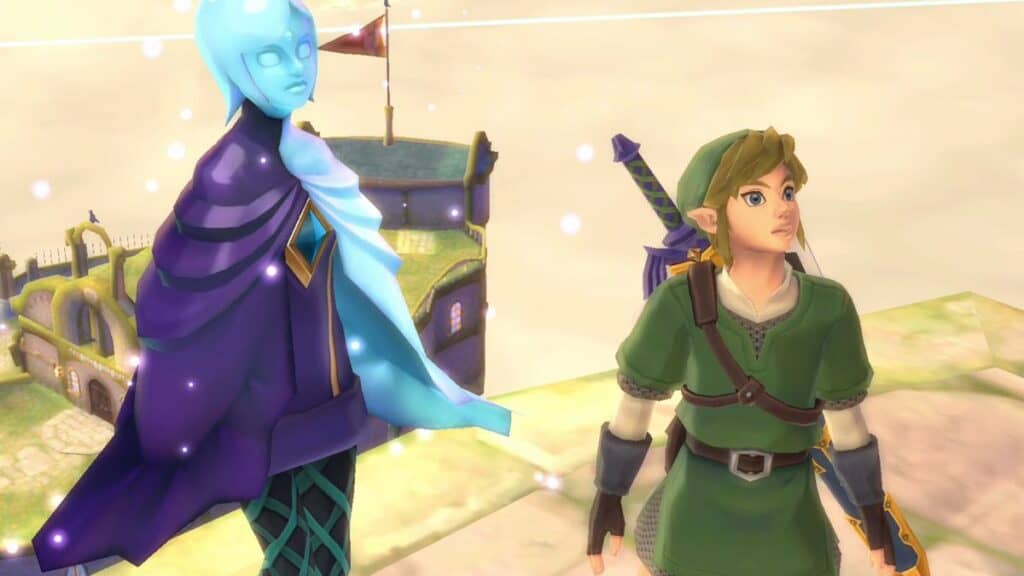
Millennia after the creation of Hyrule and Hylia’s decision to place the people into an airborne safe haven, two important individuals are born. The first is Zelda, who despite not knowing it yet, is the reincarnation of the Goddess Hylia. The other important birth is that of Link, with both he and Zelda sharing a special connection with one another for their entire lives in Skyloft. On the eve of the Wind Festival, an evil demon calling himself Girahim shows up to kidnap Zelda, taking her to the surface. Link, under guidance from a spirt going by the name of Fi, heads down to the surface in search of Zelda.
After arriving on the surface, Link acquires the Goddess Sword, which he reforges into the Master Sword using the three sacred flames of Hyrule’s creator Goddesses. Concurrently, Zelda learns the truth of her divine lineage as the reincarnation of the Goddess Hylia. With Link’s forging of the Master Sword opening the Temple of Time, Link is able to locate Zelda 1,000 years in the past, where her understanding of her importance prompts her to want to place herself into suspended animation to keep the Demon King Demise at bay.
Returning to the surface on the present, Link gathers the pieces of the Triforce and uses that power to defeat a weakened form of Demise. However, Girahim kidnaps Zelda right as she awakens from her 1,000 year slumber and uses her power to revive the Demon King. In a final attempt to save the land of Hyrule and prevent the Triforce from falling into the wrong hands, Link and Zelda resolve to fight the true form of the Demon King Demise.
Demise’s Curse and The Hero Reborn
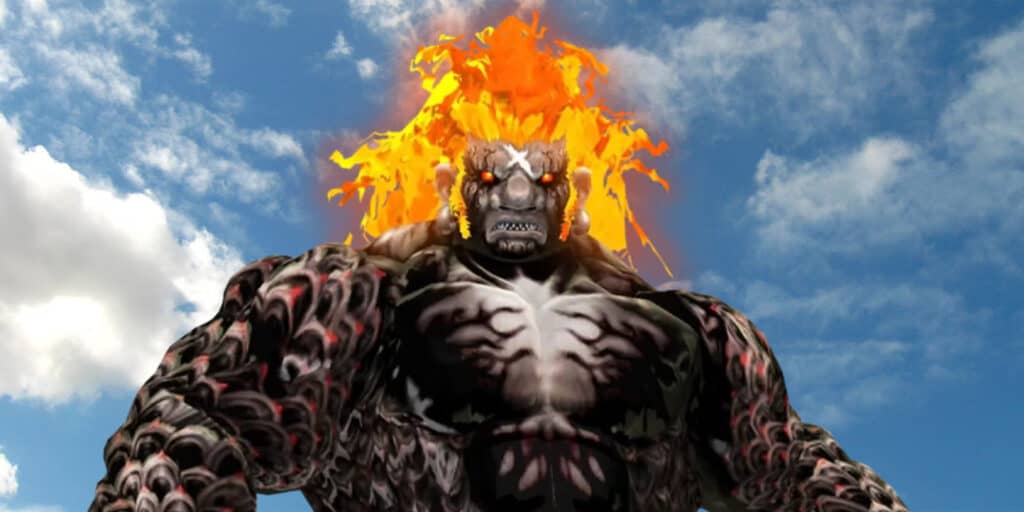
The battle against Demise’s true form is one that pushes Link’s skill to its limits. Ultimately, though, Link proves to be the true protector of the Goddess Hylia and the Triforce, besting Demise in single combat. In a devastating final blow, Link launches into the air, plunging the Master Sword deep into Demise’s chest. However, Demise has one final play before he dies. With his final breaths, Demise curses himself, Link, and Zelda. He warns Link that his hatred will be continually reborn to pursue power over Hyrule at any cost, he dooms the descendants of Zelda and Link (those carrying the Blood of the Goddess and the Spirit of the Hero, respectively) to a cycle of eternal conflict.
From this curse, we now see how the events of Skyward Sword establish why every game in the series has its own version of the main characters. Though Link, Zelda, and Ganon (the human form of Demise reborn) appear in every Zelda game, they are different versions of the same spirit. These three entities eternally engage in conflict with one another, even as Hyrule changes and the timeline splits. Following the events of Ocarina of Time, the branching timelines that result from its conclusion still adhere to the tenets of Demise’s curse.
While it does seem like Demise is somewhat victorious at the end of Skyward Sword, it’s also important to note that his curse works both ways. While Demise is continually reborn as Ganondorf (who is also the demon Ganon), so too are the reincarnations of the Goddess Hylia and the Hero of Time. Every time the land of Hyrule is threatened and the safety of the Triforce is called into question, the Princess Zelda will call on her chosen Hero Link to save the world.
How Skyward Sword Connects to Every Other Zelda Game
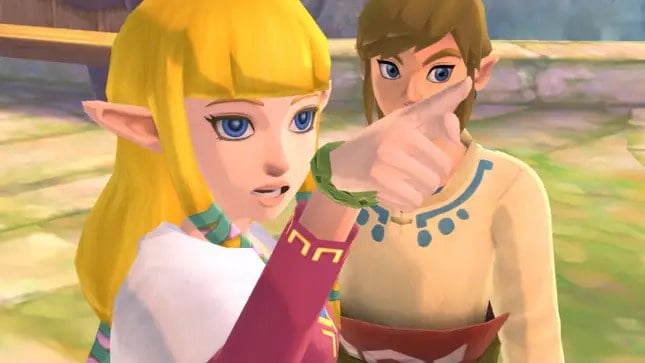
The Legend of Zelda: Skyward Sword timeline concludes with the steps that set up the rest of the series. Following their victory over Demise, Link returns the Goddess Sword/Master Sword to the Temple of Time, where it awaits a future reincarnation of Link. Doing this, the Master Sword becomes the key necessary to activate the Temple of Time, allowing Link to successfully defeat Ganon in the events that take place during Ocarina of Time. Link and Zelda return to Skyloft, and their descendants eventually make their way back to the surface where they will establish the Kingdom of Hyrule.
Further, the establishment of a Kingdom of Hyrule prompts every daughter born to the royal family to receive the name Zelda in honor of the first human reincarnation of the Goddess Hylia. Similarly, the Spirit of the Hero always resides within the heart of a young boy named Link. The Master Sword becomes the Sword of Evil’s Bane, existing as the blade necessary to defeat the reincarnation of the Demon King Demise. The spirit of the blade, Fi, resides within the sword for eternity, awaiting the moment when the Hero of Time must take up arms to defend the Triforce.
Simply put, without the events of Skyward Sword, the rest of the Zelda timeline cannot occur. Not only does the game provide the context and explanation for the series’ varying versions of Hyrule and main characters, it also establishes the machinations behind the never-ending cycle of conflict between Hyrule’s protectors and its would-be destroyer. For as long as there is a Hyrule, there will be a Goddess sworn to protect the Triforce, her chosen Hero, and a Demon intent on domination over all else.
